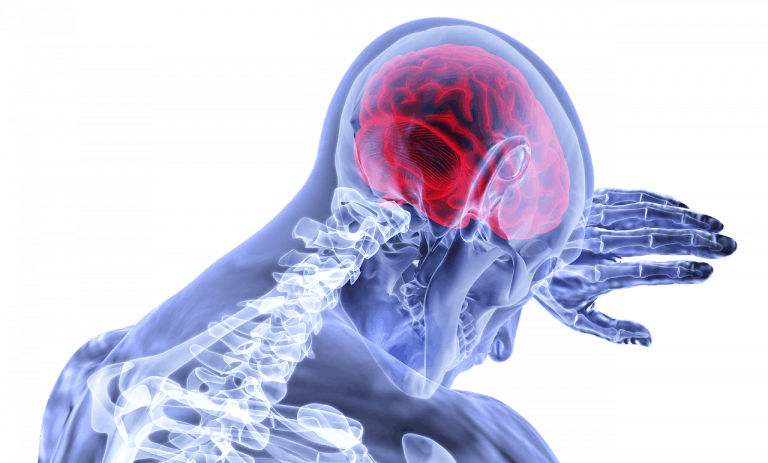More and more people are suffering from joint pain. This is, among others, the effect of loading the joints, too intensive and prolonged work. Long sitting, standing, lifting weights cannot remain unaffected by the condition of our skeletal system. How can we help regenerate our joints? Are there any means worth applying on an ad hoc basis, i.e. when your joints hurt?
Joint anatomy
A joint is an anatomical structure (building the human body), which task is to keep two (or more) bones at an appropriate distance from each other. It is the joints that allow you to make movements. Inside the joints, there is, among others cartilage and joint goo.
Each joint performs a unique function and is built slightly differently. However, you can split your joints in two ways:
The first differentiating criterion includes the number of bones that make up the joint. According to the above criterion, you can distinguish straight joints (i.e. connecting two bones), and complex joints (in which the number of bones forming a joint is more than two).
The second way of splitting the joints takes into account the number of axes within which the bones that build the joint move. There are therefore uniaxial, biaxial, multi-axis and irregular joints.
Why you feel joints pain
When you feel pain, you may not be sure if it is pain in the bones, joints, or muscles that support those skeleton part. How to distinguish joint pain from bone pain or muscle pain? Or maybe these pains always occur simultaneously?
Joint, muscle and bone pain may occur simultaneously, but this is not the rule. So this means that not every joint pain also causes muscle soreness. Also, not every muscle pain results in joint pain. The same is true for bone pain. Identifying which structure actually hurts is not easy. We can only guess (among other things based on the causes of pain known to us) whether joints, muscles or bones actually hurt.
In the case of joint muscle and joint pain the rheumatoid disease, colds, infections (including influenza), injuries such as bruises, dislocations, as well as joint degeneration, osteoporosis, overweight, postural abnormalities and the already mentioned several times - excessive strain on muscles and joints can be the origin of them.
The situation is slightly different with bone and joint pain. Then, the causes of pain include, among others, the intoxication of the body, osteoarthritis, osteoporosis, leukaemia, as well as severe injuries (bone fractures from the joint).
Are our joints spoiling with our age?
First of all, it should be emphasized the fact that the joints are gradually worn out. By this term, we mainly mean senile bone defects and a decreasing amount of synovial fluid. We must not forget that we are the ones who unknowingly contribute to the consumption of vitreous cartilage protecting our bones.
How do we destroy our joints?
Any movement that exceeds the natural capabilities of the joint accelerates the consumption of synovial fluid. Example of bending the limbs in the opposite direction than they are supposed to bend is the most common mistakes we make. Another is to stay still for a long time. If we are not physically active every day, we contribute to the weakening of our joints and muscles.
Degeneration of the joints is a medical condition involving the joint and gradually involving bones, tendons and muscles. Then the cartilage is slowly degraded and softens. Holes begin to appear in the cartilage space, which, with the progression of the disease, become larger and larger. The regenerating cartilage has difficulties in its proper development and distribution. The disturbed structure contributes to the gradual deformation of the joint. The deformed joint, going beyond the assigned area, rubs against other bones, causing severe pain.
Summary
We must remember that each of us can suffer from joint degeneration. The reasons for it include mainly inflammation which is why diagnosing degeneration of joints is not easy.
Currently, two basic forms of treatment of symptomatic joint pain are used – oral and topical one. When choosing the right preparation, you should first consider the cause of the pain with your doctor.
Joint pain can be treated, but it can also be prevented. Prophylaxis of joint pain consists of caring for daily physical activity, not allowing overloading of them, as well as taking supplements that strengthen joint cartilage.






